Introduction: Chasselas AOC Valais white wines
This wine is of course just one of many excellent Valais white wines that we have in our range. In our online shop you will also find a large selection of rosé wines, red wines, sparkling wines and digestifs.
If you are looking for a gift, we recommend the various tasting boxes from our gift service, for example, or a gift voucher, which gives the recipient a free choice in our online shop.
The most important facts at a glance
The white Chasselas grape variety is one of the oldest of all grape varieties. For white wine, the variety plays the largest role in Valais (782 hectares) and western Switzerland (3,100 hectares).
Whether Chasselas, Fendant or Chasselas: the grape variety adapts like a camouflage suit everywhere, absorbing all the special features of the soil and the climate. And it has survived for five millennia.
Outstanding Chasselas have considerable ageing potential. These wines delight with tertiary aromas of hazelnuts, roasted almonds and occasionally honey.
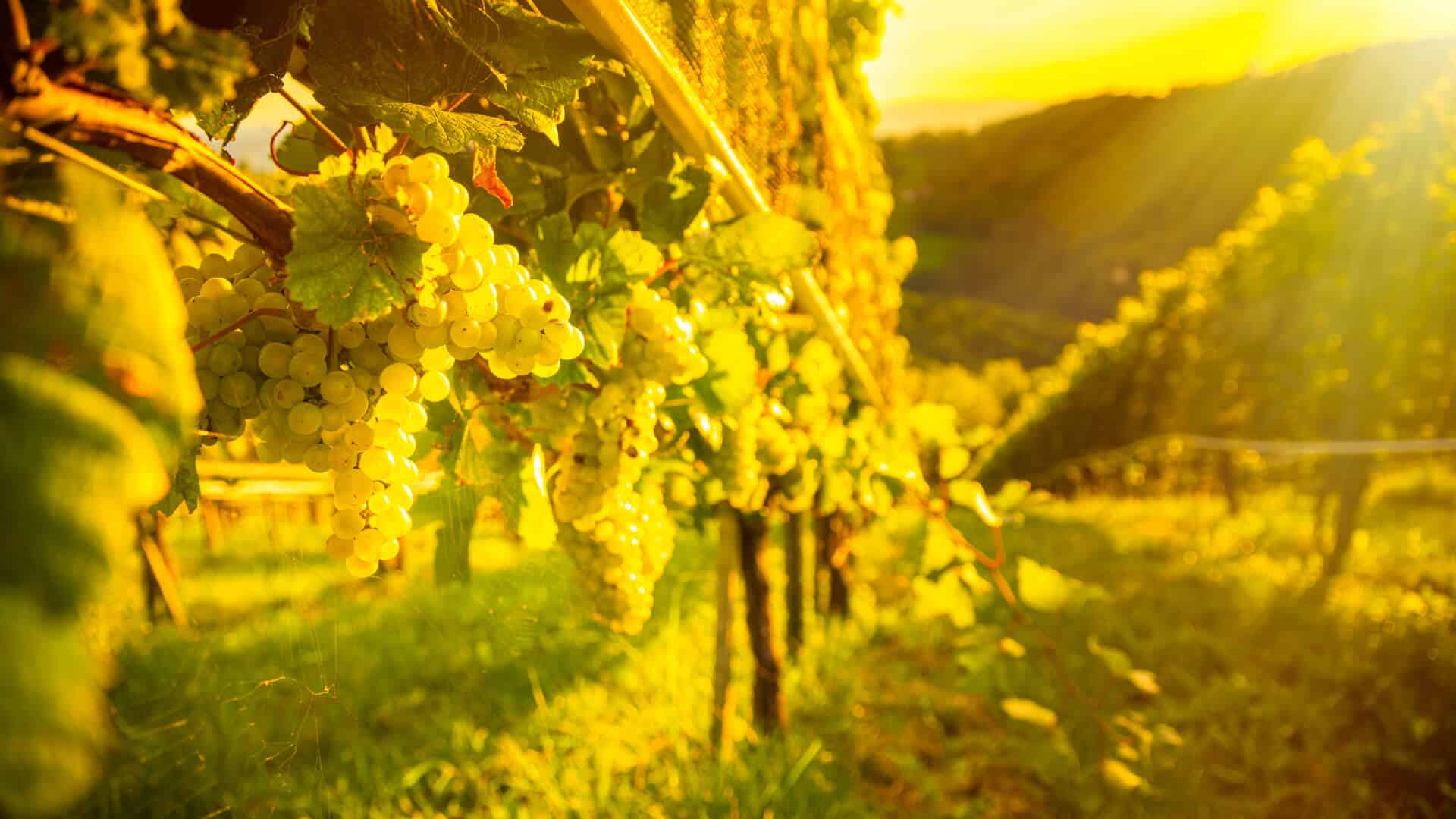
Origin, origins & significance of the Chasselas grape variety
Many assumptions, great similarities and various scientific studies: The exact origin will probably never be determined. The ancestors of Chasselas could have come from Egypt or the Jordan Valley.
José Vouillamoz from Valais, one of the world’s most renowned grape researchers, says: “Chasselas is one of the oldest grape varieties in the world. It is therefore difficult to assign it a nationality. What you can say for sure: You have to assign it to the Lake Geneva region.”.
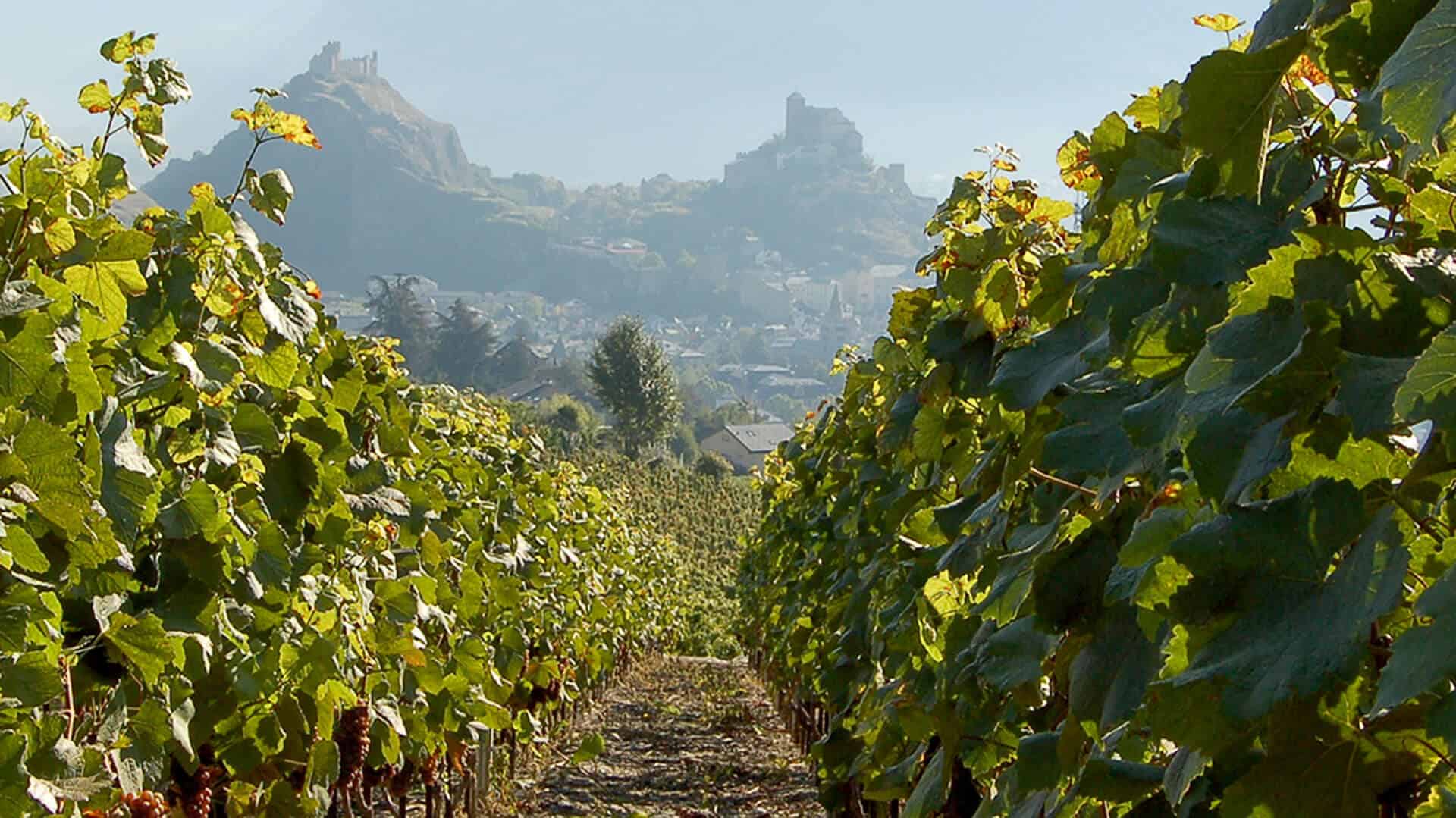
Chasselas is said to have been first cultivated in France in the village of Chasselas (Département Saône-et-Loire). The German name “Gutedel” was first used in 1621, the French name “Fendant” around the same time (1619).
The name used in Germany is based on a verified historical event. It was Margrave Ludwig Wilhelm I of Baden who received some Chasselas vines from Prince Eugene of Savoy in the late 17th century. The wine produced from these vines was described by the Margrave as “noble and good”, marking the birth of Chasselas.
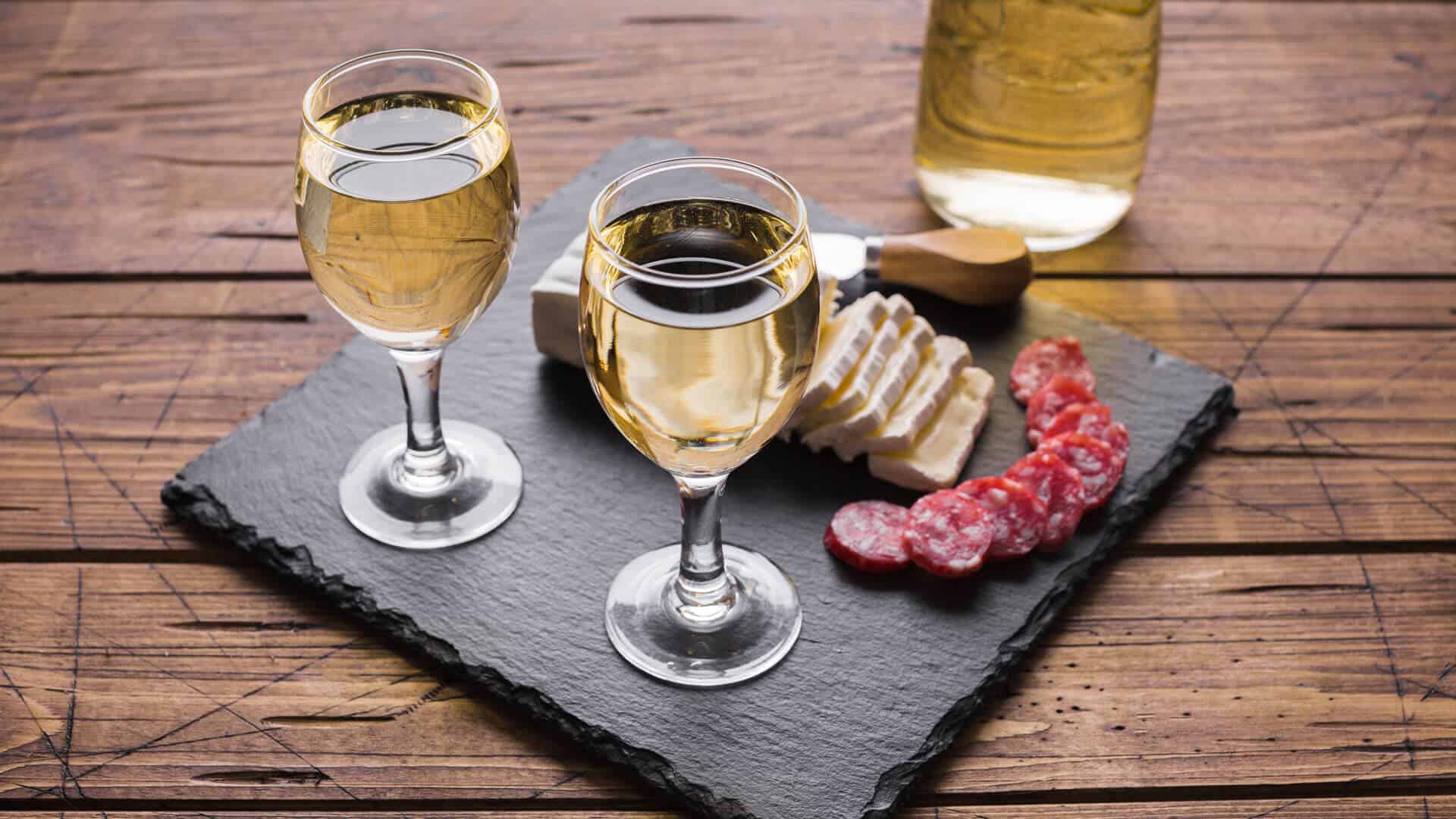
Chasselas is cultivated for wine production on just over 5,000 hectares worldwide. Mostly in Switzerland. As a table grape, it is grown all over the world – on around 20,000 hectares. The table grapes have a high cultivation value, are easy to transport and the berries taste juicy to crunchy and sweet.
How important is Chasselas in Swiss viticulture?
The Chasselas grape is still the big star among white wine grapes in the Swiss wine world. Especially in western Switzerland, where it is one of the most widely cultivated grape varieties with around 3,100 hectares (followed by Valais with almost 800 hectares).
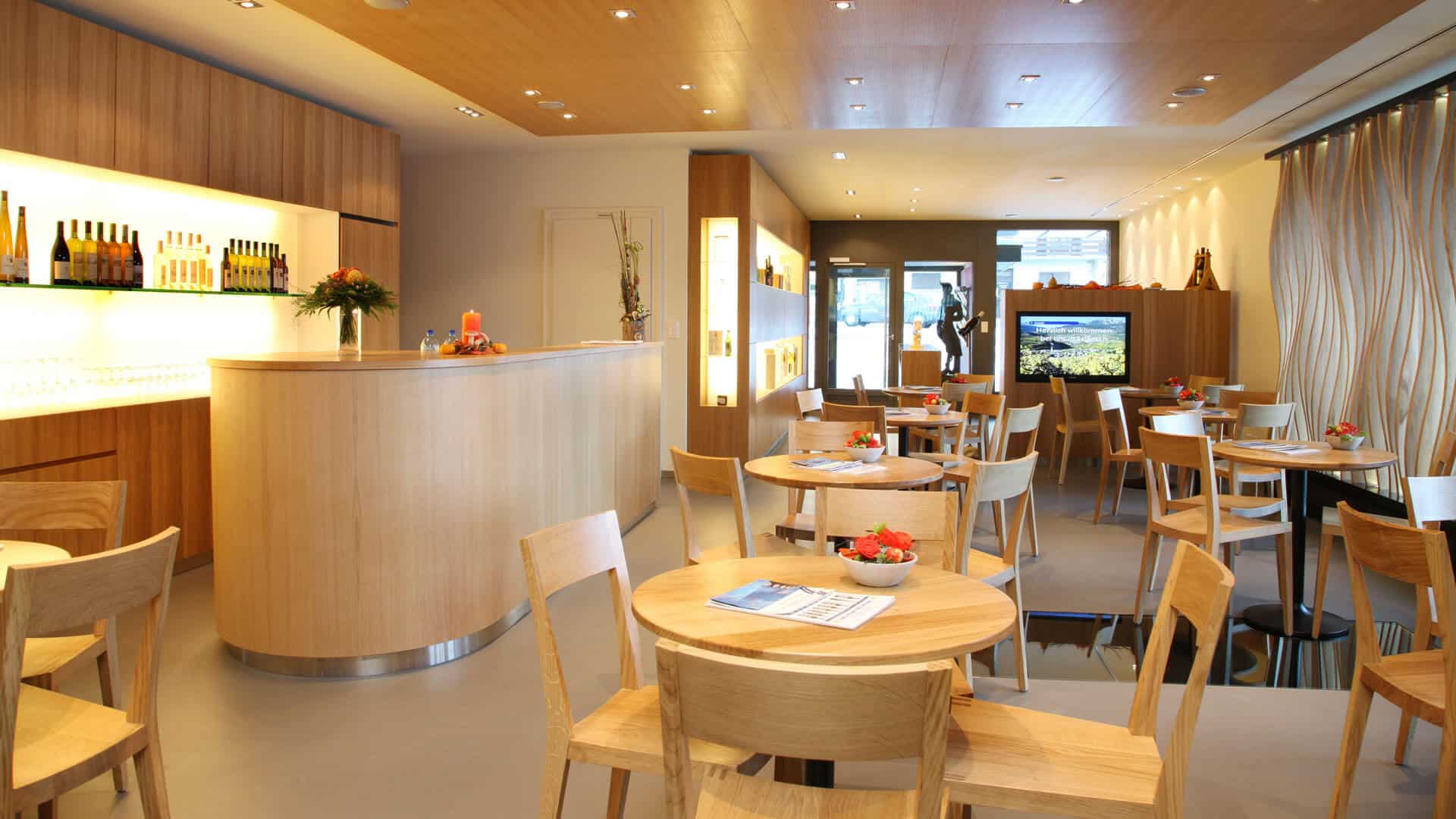
In French-speaking Switzerland, also known as Romandie, winegrowers do not refer to their wines as Chasselas. Instead, the labels of their wines are adorned with the names of the various municipalities, for example Mont-sur-Rolle, Féchy, La Côte, Dézaley or St-Saphorin etc.
Where does the Chasselas grape grow particularly well?
The Swiss climate allows for a broad spectrum of fruity Chasselas wines with diverse aromas. Chasselas is an impressive example of how different soils can influence the taste of a wine. A Saint-Saphorin and a Fendant, for example, are two very different wines: The Chasselas wines from Valais are more powerful, while the wines from Vaud are more captivating with a floral note.
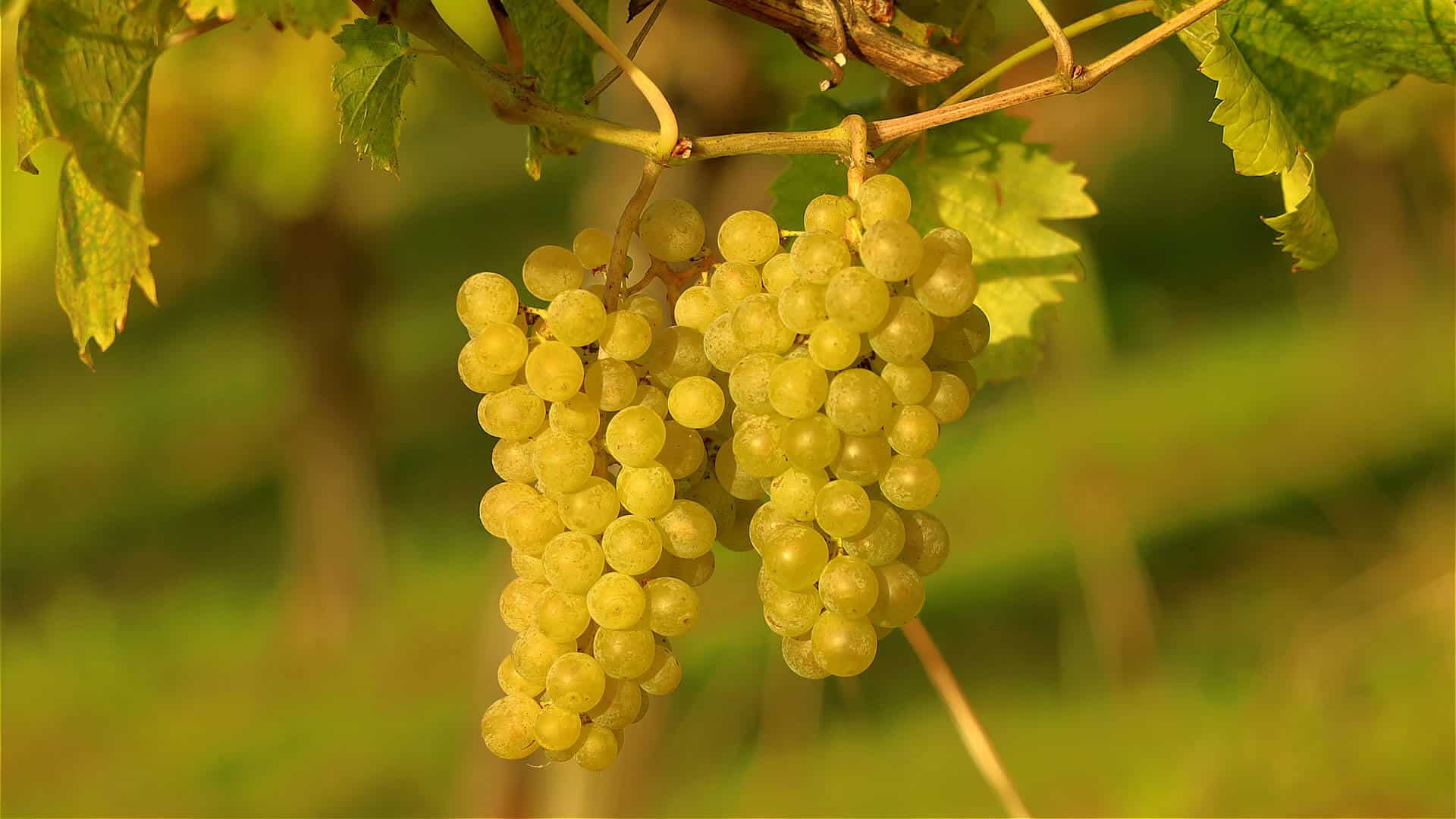
What is the name of the important wine award for Chasselas wines in Switzerland?
The most important wine award for Chasselas wines is the Mondial du Chasselas, which takes place every year at the Château d’Aigle in the west of the Valais canton. The Fendant du Ravin AOC Valais from the Adrian & Diego Mathier Nouveau Salquenen AG winery has already been named the best Fendant in the world here and impressively repeated its success with the award for best Chasselas in Switzerland at the Grand Prix du Vin Suisse.
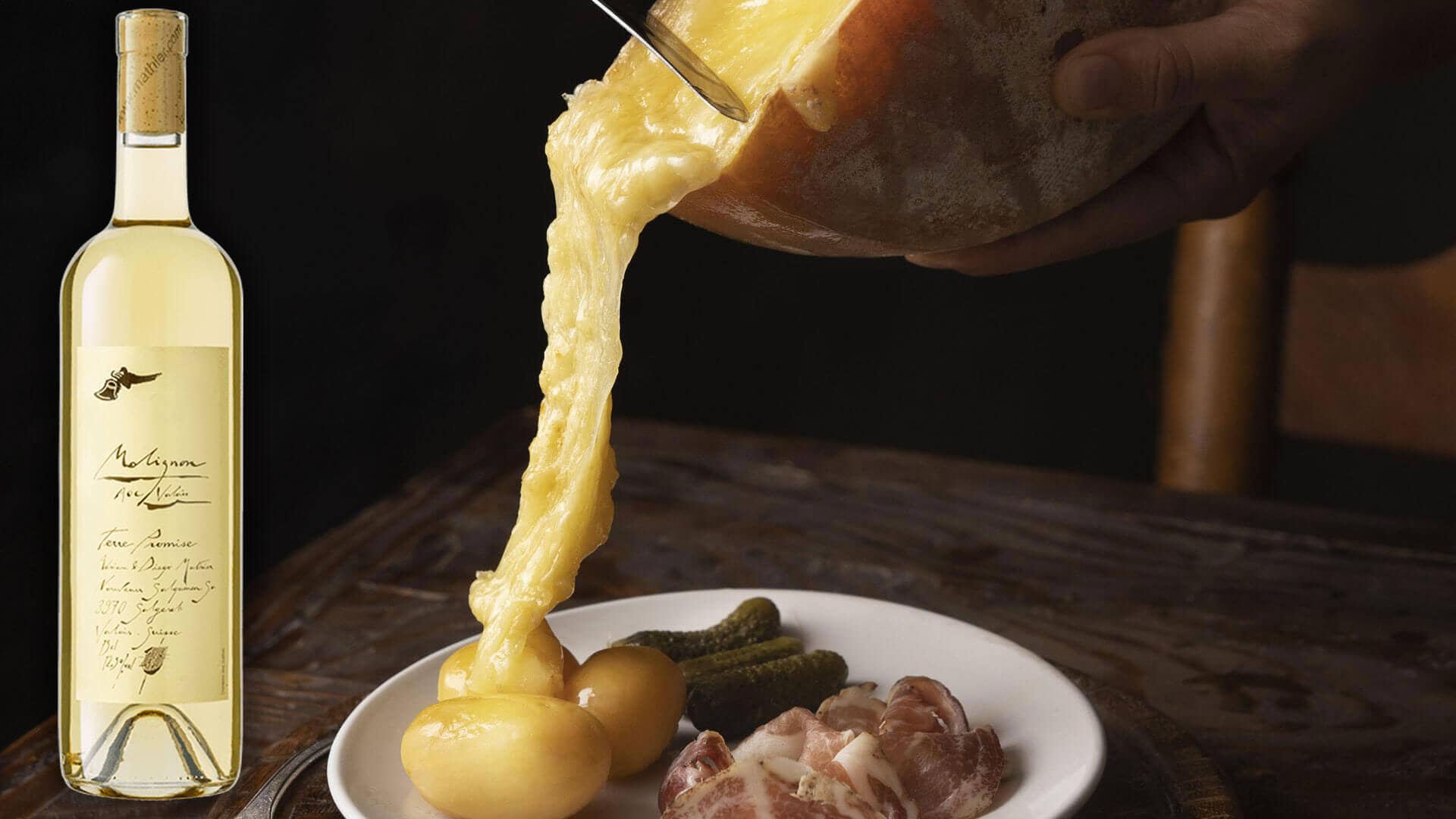
Taste profile of Chasselas: light, fruity and stimulating
The white wines made from Chasselas grapes are characterized by their velvety texture, fruity aromas, effervescence and mild nature. Their restrained character allows the influences of the soil, climate and location of the terroir to come into their own. These wines are light and pleasant to drink. Dry Chasselas wines, which become milder through malolactic fermentation, often achieve the highest quality.
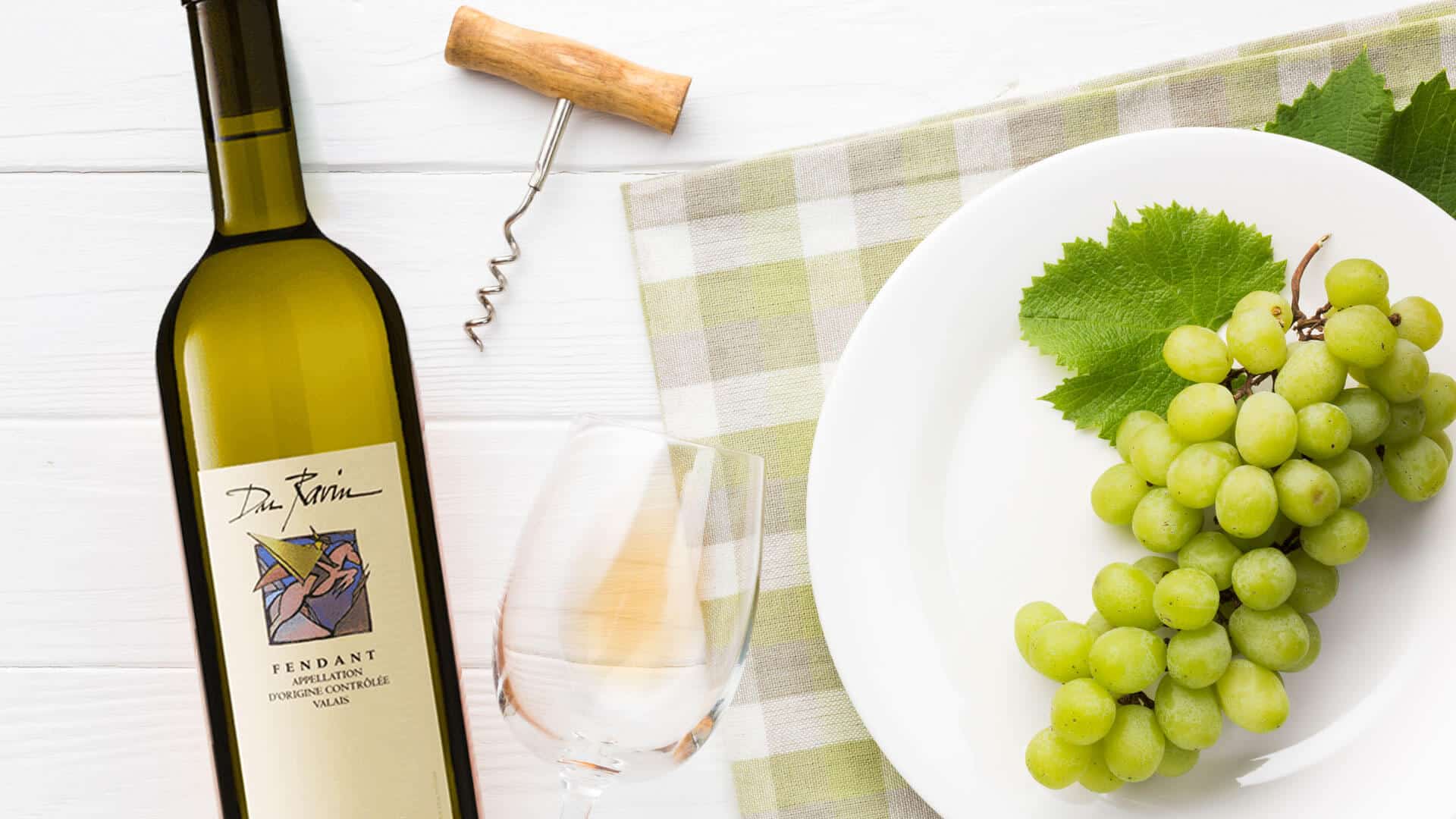
Interesting facts about the Chasselas
Here is an overview of important facts about the Chasselas grape variety.
What does Chasselas taste like?
Chasselas, also known as Fendant or Chasselas, is a fresh, sparkling and light wine that is almost always vinified dry. The subtle aromas are reminiscent of pear and peach, and depending on the terroir, salty notes and a fine minerality can also be perceived.
What name is the Chasselas grape variety known by?
The grape variety is also known by many other names, including Queen Victoria White, Gelber Gutedel, Krachgutedel, Silberling, Süssling, Weisser Gutedel, Bar-sur-Aube, Bon Blanc, Chasselas de Barde Montauban, Chasselas de Thomery, Chasselas Musqué, Lausannois, Mornen Blanc, Chasselas Bianco, Plemenka, Junker and Blanchette.
What is Chasselas called in Valais?
In Valais, the white grape variety from Switzerland is known exclusively as Fendant.
What is Chasselas called in Switzerland?
In Switzerland, the Chasselas grape is known as Chasselas. Chasselas is one of the oldest grape varieties of all. It is said to have been cultivated along the Jordan River as early as the fifth millennium BC. Wall paintings in the royal tombs of Luxor (Egypt), which are around 5,000 years old, also prove the existence of the Chasselas grape.

